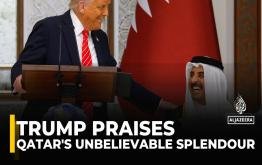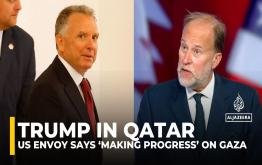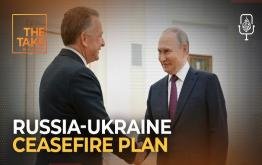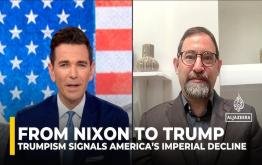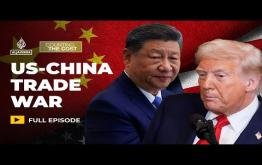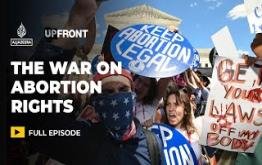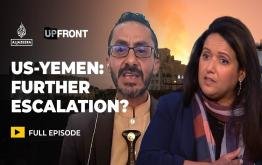Trump's North Korea Crisis
As Donald Trump prepared to take office, his predecessor Barack Obama warned that North Korea would be the greatest challenge of his presidency.
But rather than proceed with caution, President Trump responded to a series of intercontinental ballistic missile and nuclear weapons tests with bellicose rhetoric, warning North Korea's threats would "be met with fire and fury like the world has never seen."
By the end of 2017, US fears of a conflict with North Korea that might escalate into a nuclear war had never been higher.
Then in March, the White House surprised everyone, by announcing out of nowhere that Trump would hold face-to-face talks with North Korea's leader, Kim Jong-un.
The high-stakes summit is slated to take place in May or June, but the outcome remains hard to predict.
North Korea's isolation makes it difficult to read. And over the past year, the Trump administration's messaging toward North Korea has been as inconsistent as it has been provocative.
Over the course of three eventful months, Fault Lines spoke with a range of Washington insiders in an effort to understand Donald Trump's North Korea strategy. They include former US government officials, policy-makers and intelligence analysts who combined have spent more than 100 years working on North Korea.
The result is a portrait of an impulsive brand of leadership in which personality confounds policy, with far-reaching consequences for North Korea, US allies in East Asia, and the United States.










RELATED NEWS
Who will win the US-China trade war?
Why is evidence of Israel's war crimes in Gaza disappearing?
What is behind escalating US air attacks in Yemen?
Ralph Wilde on the ICJ & why Israeli occupation must end?





